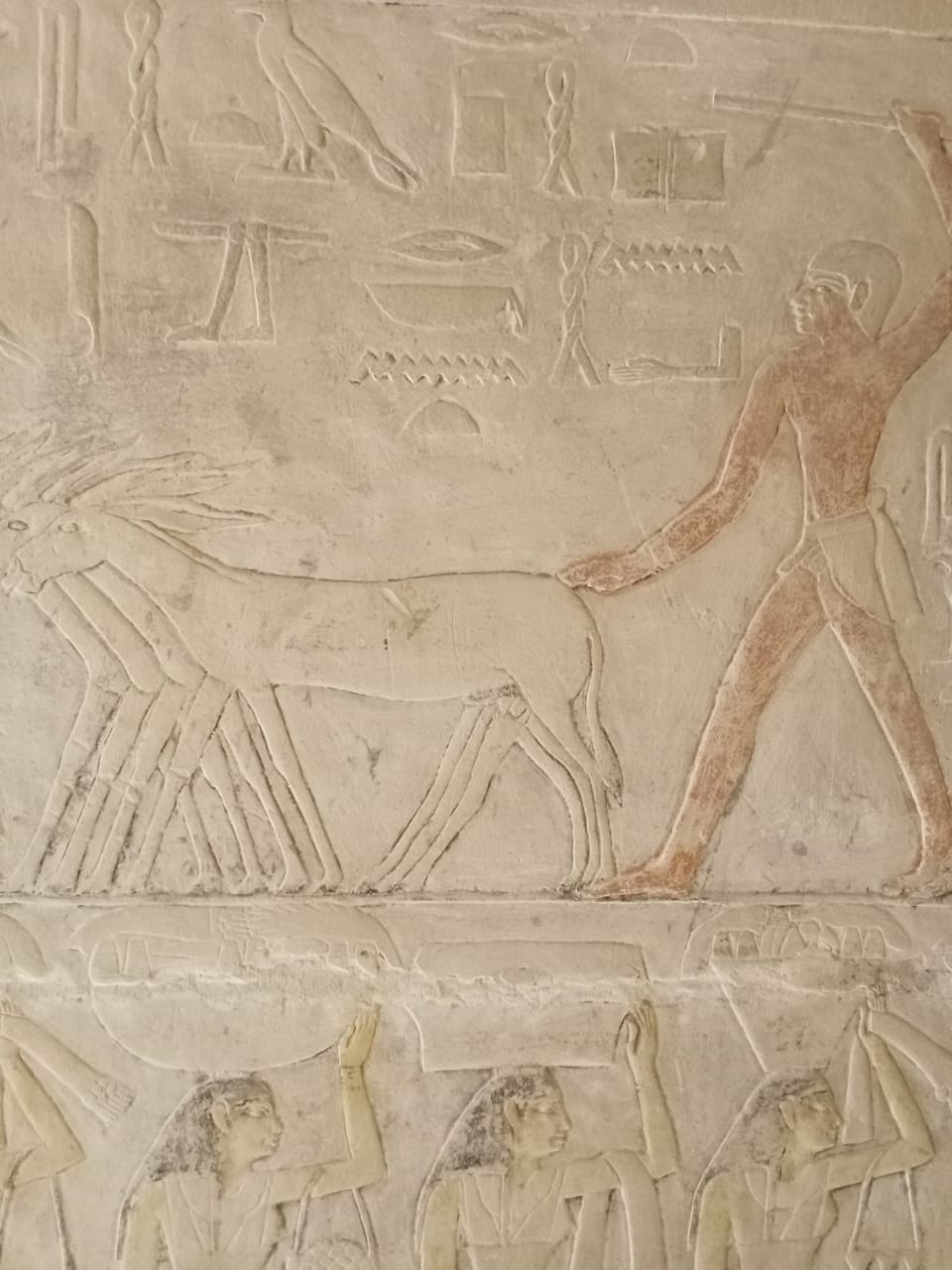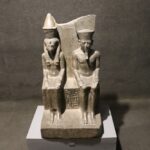Regarded as one of the most exquisite tombs in Saqqara, it features remarkable depictions of ancient Egyptian daily life, providing insight into the familial dynamics and the lifestyle of a nobleman and his family during the Old Kingdom period.
Mehu served as a vizier in Ancient Egypt during the Sixth Dynasty, around 2300 BC. The role of vizier was the highest honor within the royal court, and he is particularly noted for his grand mastaba situated at Saqqara.
Mehu’s Titles
Mehu held a variety of important titles, including vizier, overseer of the treasuries, overseer of the double granary, overseer of Upper Egypt, and overseer of all royal projects.
In addition to his position as vizier, Mehu was also the overseer of the priests at Djed-sut-Teti, the pyramid complex linked to King Teti.
Mehu’s Family

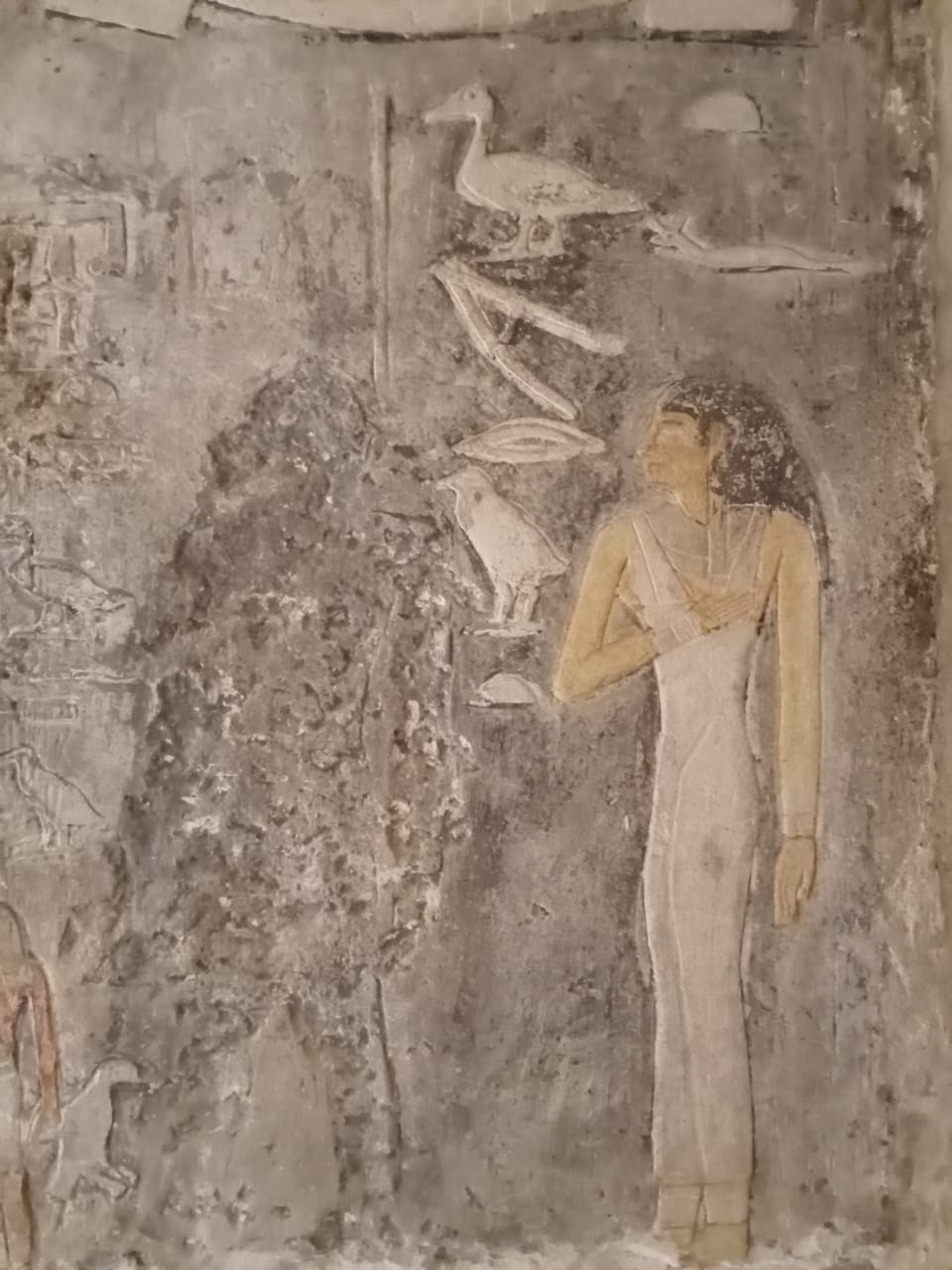
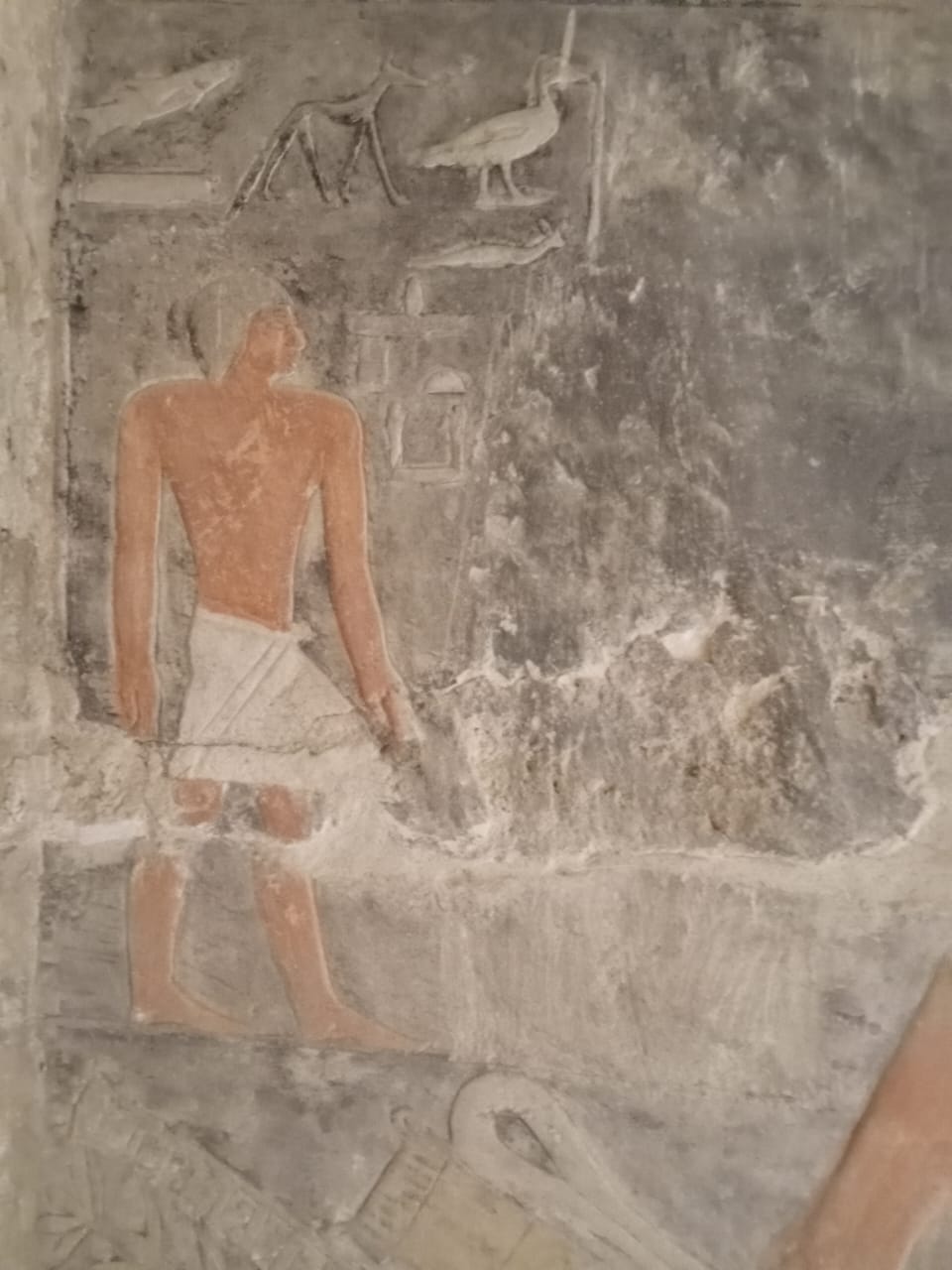

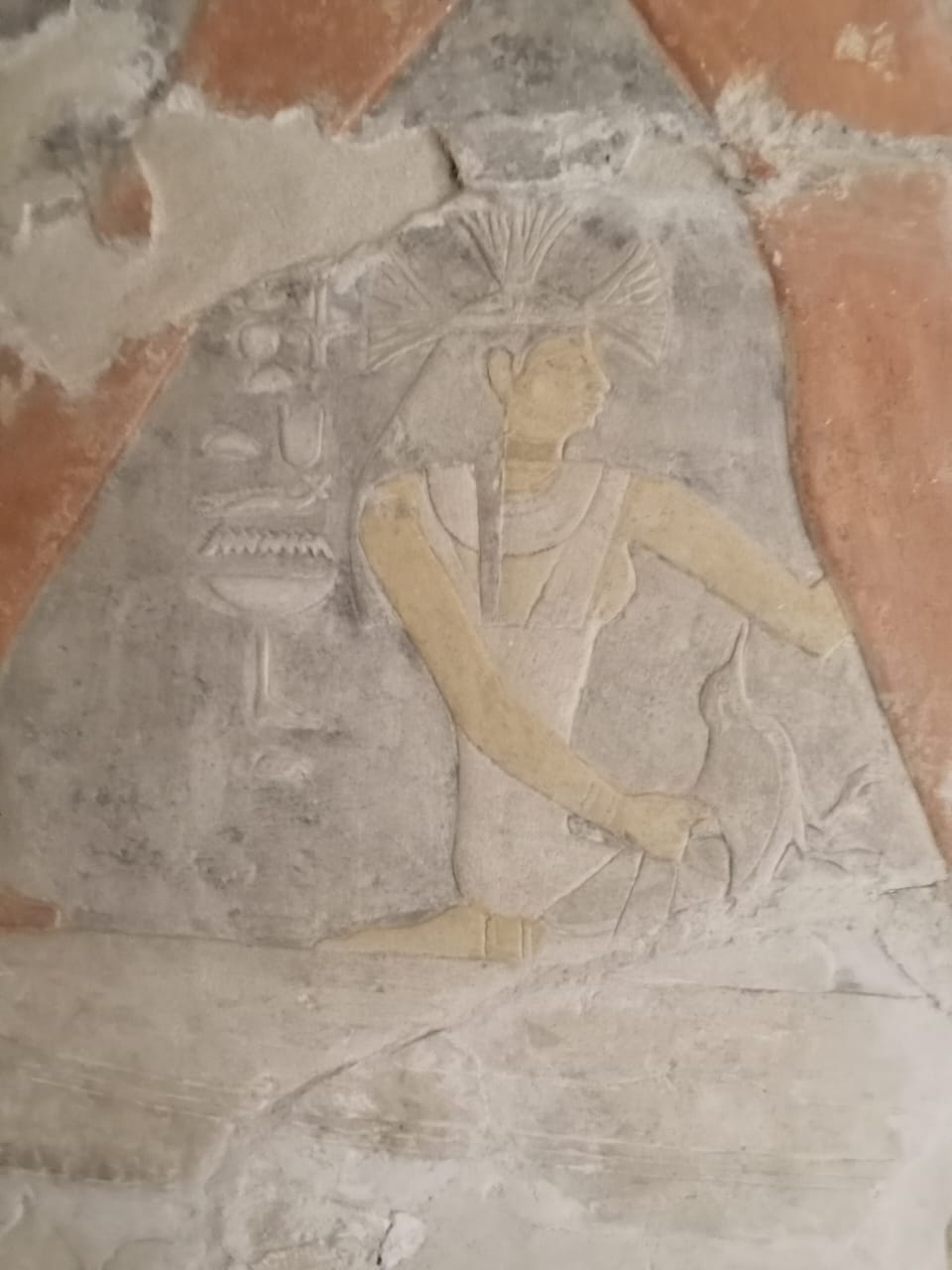
He had two wives, one of whom was named Nebet, who hailed from royal lineage. She is depicted in a beautiful scene sailing alongside her husband during their youth, with their son, Hotep Ka, standing behind them.
Nefer Kaus, his other wife, was of non-royal descent and is illustrated sailing with Mehu, accompanied by their daughter Merut, who stands behind them. Notably, the figure of a boy next to Merut appears to have been erased. Other sons mentioned include Khoy and Mery.
His tomb references several sons, one of whom may have been named Mery, although his name seems to have been erased on multiple occasions. Another son was Hetep Ka. Within Mehu’s mastaba, there are areas designated for a vizier named Hetep Ka, who could be Mehu’s son, along with a false door inscribed with his name and titles.

